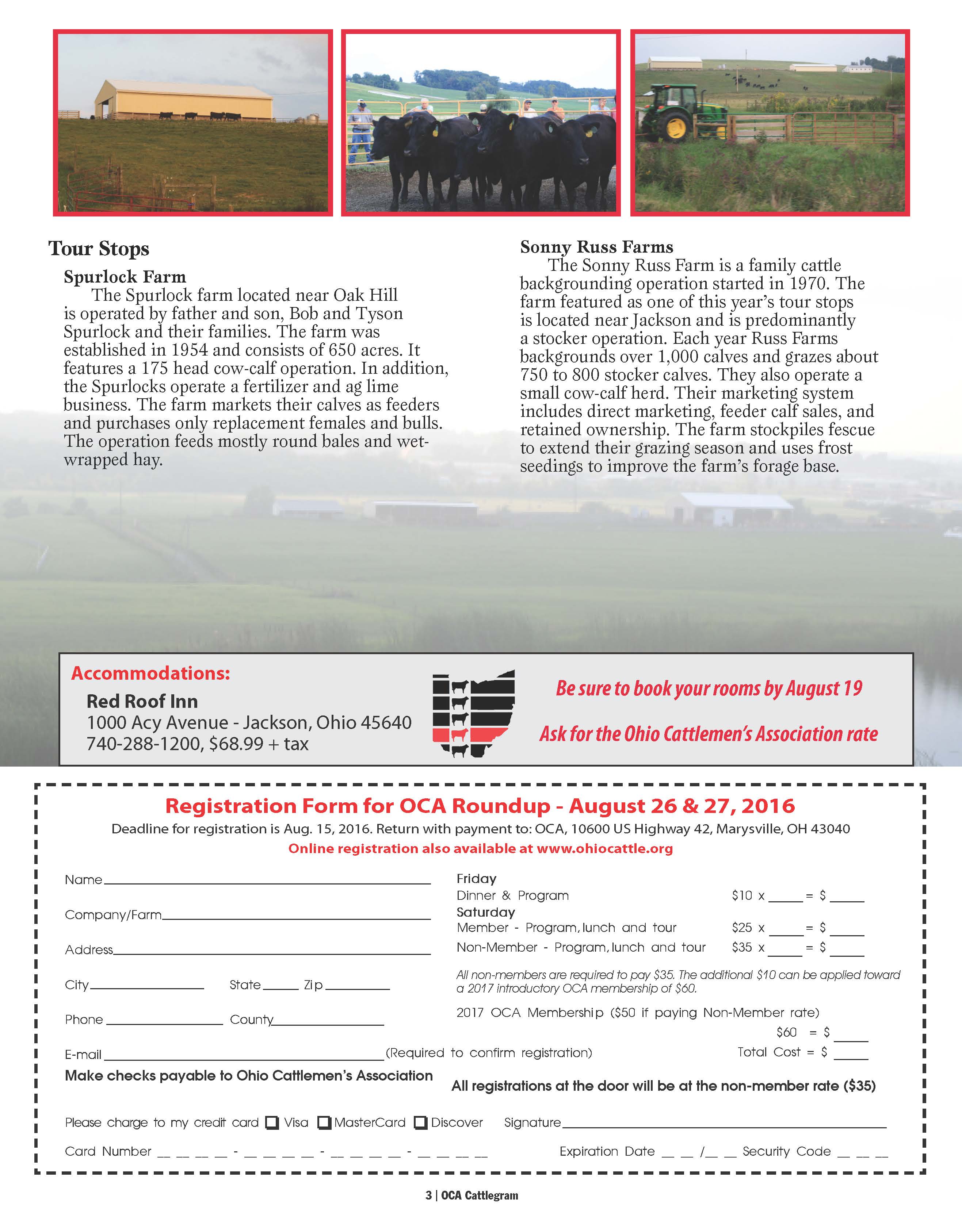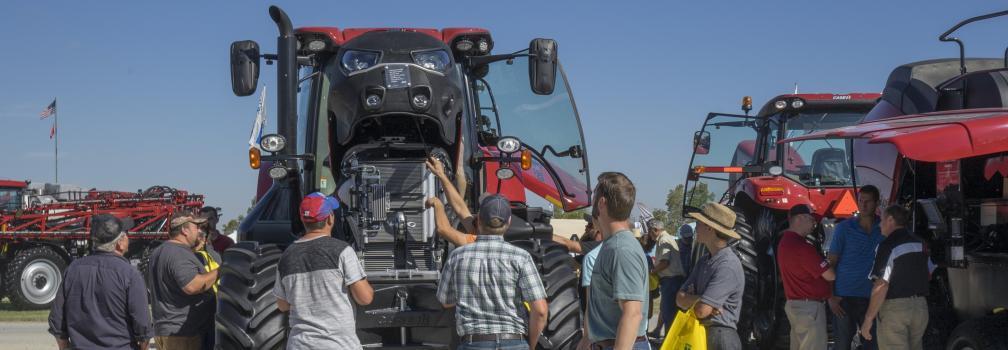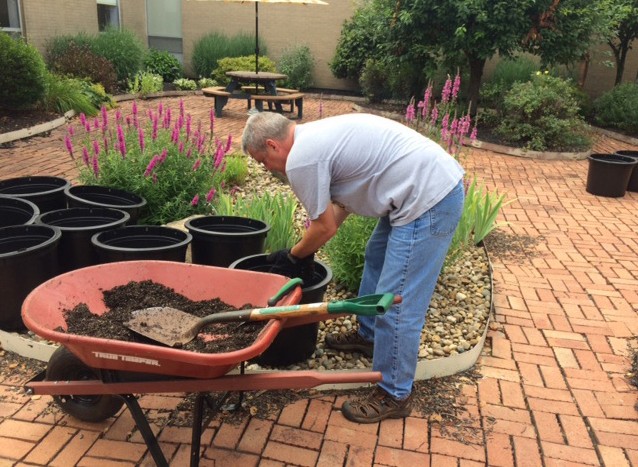It’s that time of year again, and I’m not talking about football or the changing of the seasons. It is soil testing time! Right now is the best time to test your soil. According to the former director of West Virginia University’s state soil testing laboratory, soil samples taken in late summer and fall are better than those taken in winter through spring because they come closer to representing the soil’s nutrient level as it affects plants.
Why test soil? Proper fertility is the foundation for successful crops, gardens, and lawns. Soil testing provides information about the nutrient level of the soil and the amounts of lime and fertilizer needed to maximize production.
To obtain proper lime and fertilizer recommendations for your soil, it is important to send a high quality soil sample to the lab for analysis. The soil sample collected needs to be representative of the area being tested. For small areas and lawns, take 7 to 10 randomly selected soil borings. For a large field, subdivide into 10 acre plots and take 20 – 30 borings for each 10 acre plot. Avoid taking borings from abnormal areas (wet spots, bare spots, eroded areas, etc.); for it will not be representative of the sampling area.
Most OSU extension offices have a soil probe to loan out so call ahead to check the availability of the probe – it really makes taking a soil boring much easier and quicker. Using an auger, shovel, spade, or soil probe and a clean plastic pail or container, remove vegetation and take small uniform cores or thin slices from the soil surface to the recommended depth (contact OSU Extension office for depth recommendation).
Mix the borings together by gently crushing the soil. Discard any roots, stones or any other organic matter; like grass, leaves, worms, etc. Then take a sample of all the mixed borings; about one cup of soil. A wet soil sample must be air-dried in in a shady clean spot before mailing. Never heat the sample or put it in direct sunlight.
Place the sample into in a plastic zip-lock bag and label it. Lastly, deliver the soil sample to a soil testing service center or the local extension office. Allow up to three weeks for the samples to be processed and results made available. The soil sample results will make recommendations on how much lime and fertilizer to add. Just remember, lime is typically added in the fall and fertilizer is typical added in the season it is needed.
For more information about soil testing, please contact your local OSU Extension office or click the link to OSU’s factsheet, “Soil Testing for Ohio Lawns, Landscapes, Fruit Crops, and Vegetable Gardens”: http://ohioline.osu.edu/factsheet/hyg-1132




















